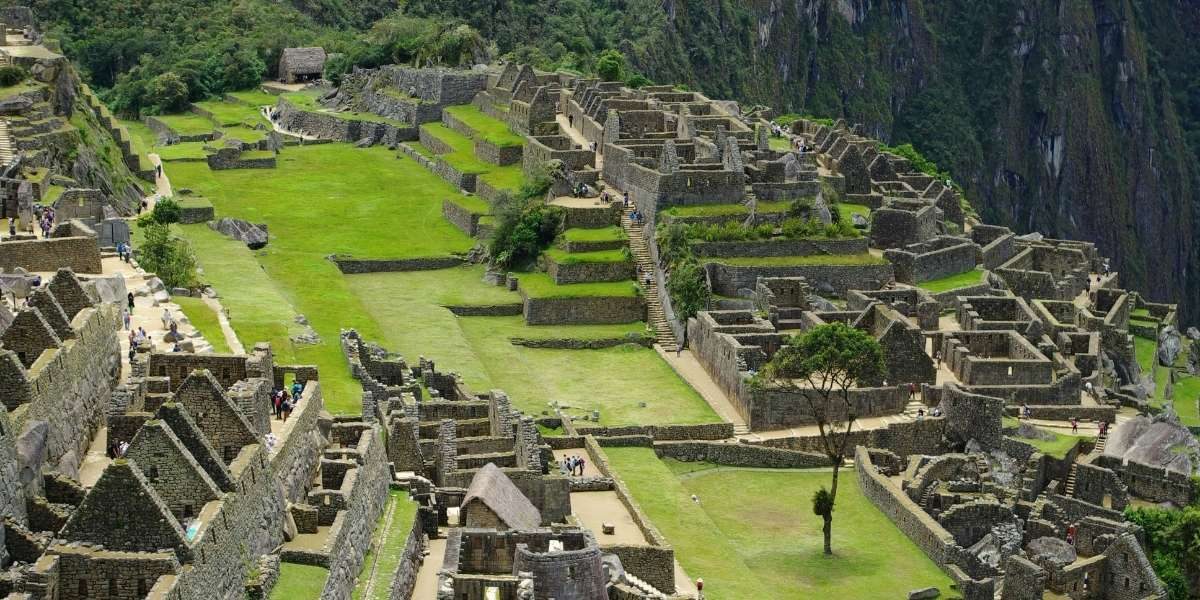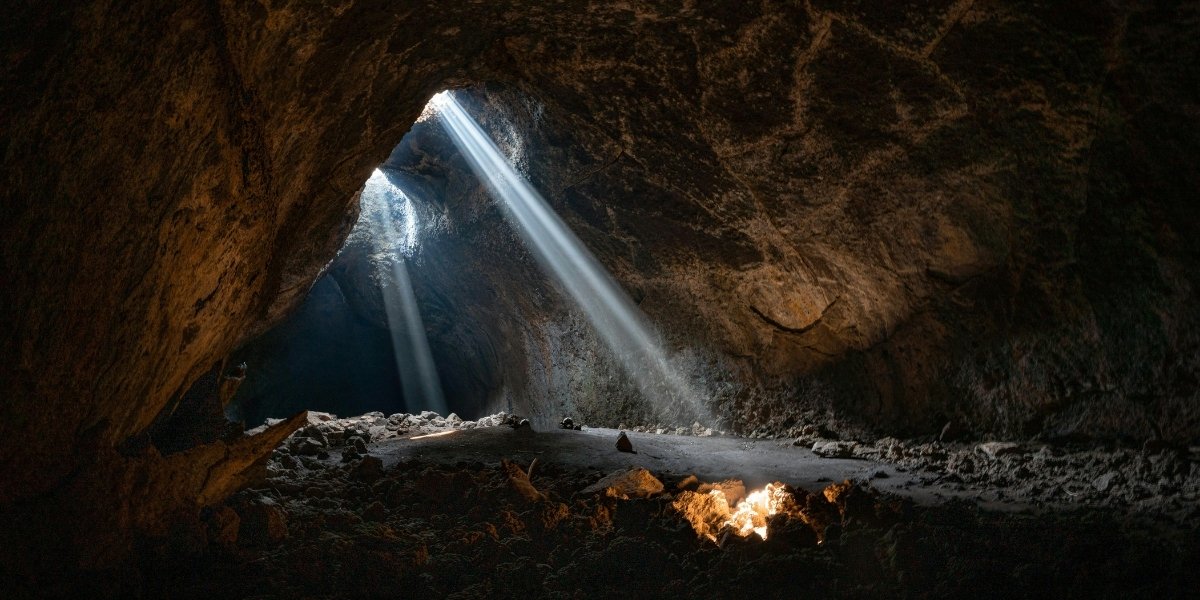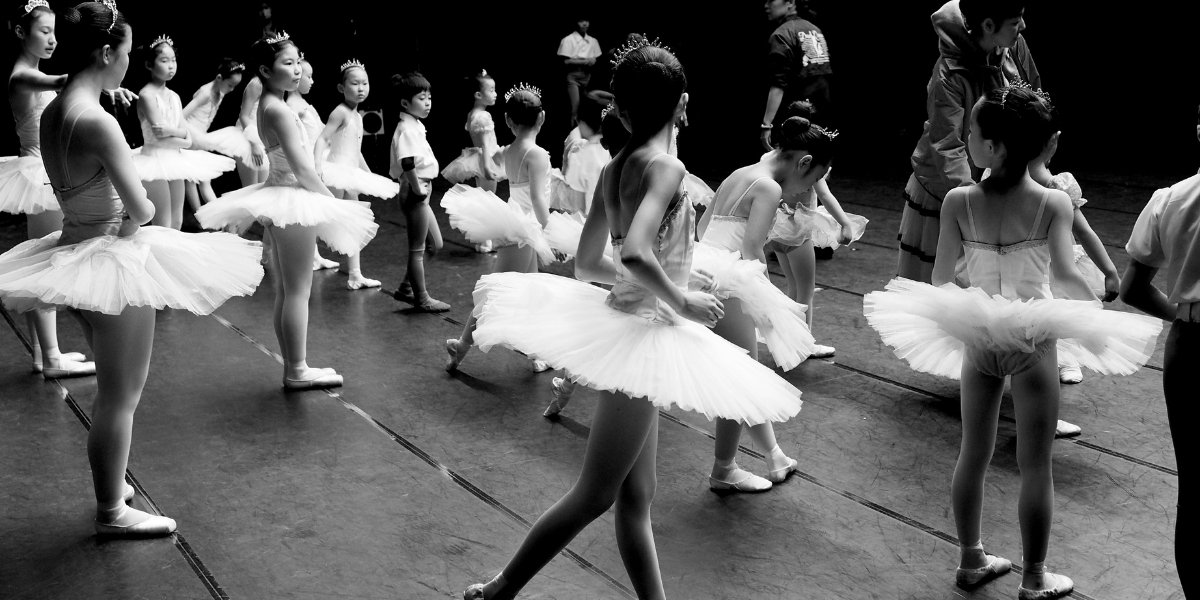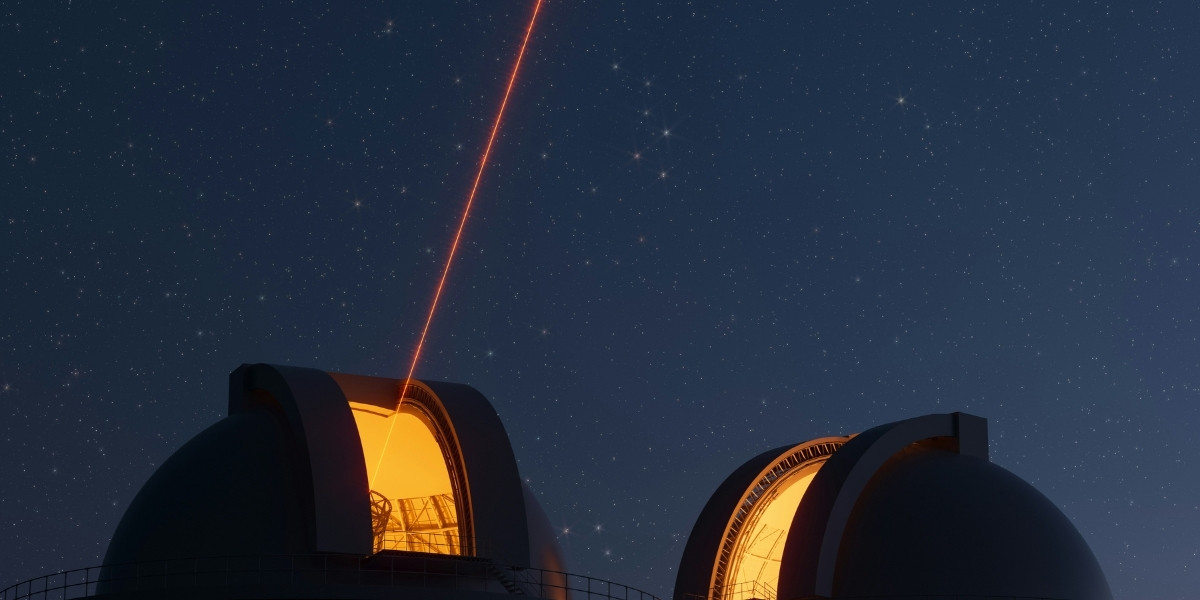Unveiling the Secrets of the Lost City of the Incas
Machu Picchu, perched high in the Andes Mountains of Peru, is one of the most iconic and mysterious archaeological sites in the world. This Incan citadel, often referred to as the Lost City of the Incas, continues to captivate the imaginations of visitors and scholars alike. It is not just a wonder of ancient architecture, but also a symbol of the ingenuity, spirituality, and resilience of the Incan civilization. In this article, we will explore the history, construction, purpose, rediscovery, and enduring mystique of this remarkable site.
Read Also: Discover the Diversity of U.S. Flora and Fauna
The Rise and Fall of the Incan Civilization
To understand Machu Picchu, it is essential to understand the Incan civilization that built it. The Incas were a powerful empire that dominated much of South America from the early 15th century until their downfall in the early 16th century due to the Spanish conquest.
The empire’s capital, Cusco, was the heart of Incan culture, politics, and religion, and from there, the Incas extended their reach across vast territories, from present-day Colombia in the north to Chile in the south. The Incas were skilled in agriculture, road building, and, notably, architecture, which allowed them to create grand cities in challenging environments, such as the high-altitude site of Machu Picchu.
The Incan Empire, however, fell rapidly with the arrival of Spanish conquistadors, led by Francisco Pizarro, in 1532. As the empire crumbled, many Incan cities, including Machu Picchu, were abandoned, and the site was forgotten by most of the world until its rediscovery centuries later.
The Architectural Marvel of Machu Picchu
Machu Picchu is a testament to the Inca’s architectural brilliance. Its construction in such a remote and inaccessible location—high above the Urubamba River—is a remarkable feat of engineering. The city is built using a method called ashlar masonry, where large stones are cut with such precision that they fit together perfectly without the need for mortar. This technique allowed the structures to withstand the test of time and the occasional seismic activity in the region.
The terraces that surround Machu Picchu are also an extraordinary engineering achievement. These terraces, used for agriculture, were designed with sophisticated drainage systems that prevented erosion and provided stability to the site. The water management system, which included fountains and aqueducts, allowed the inhabitants to maintain a sustainable water supply, essential for both daily life and agriculture.
The astronomical alignment of the structures is another fascinating aspect of Machu Picchu. The Incas were deeply attuned to celestial events, and several of the structures at Machu Picchu are aligned with the sun and other astronomical bodies. The most famous of these alignments occurs during the winter solstice, when the sun rises directly above the peak of Huayna Picchu, casting a shadow on the Intihuatana stone—an ancient ritual stone believed to be used for astronomical purposes.
Theories on the Purpose of Machu Picchu
There has been much speculation about the true purpose of Machu Picchu. Some scholars believe that it was a royal estate, perhaps built by Inca Emperor Pachacuti for his personal use. The site’s grandeur and strategic location suggest that it could have been a royal retreat, complete with religious and ceremonial areas, as well as living quarters for the elite.
Others argue that Machu Picchu may have been a religious sanctuary dedicated to Inca gods, particularly the Inti (the sun god). Its astronomical alignments and sacred rituals suggest that it played a significant role in Inca spirituality and ceremonies. Additionally, the site could have functioned as a strategic military outpost, given its isolated location and defensible position.
Despite these theories, the exact purpose of Machu Picchu remains a subject of debate among scholars, and some even propose that it served as a combination of these functions, fulfilling various roles depending on the time period.
Rediscovery and Global Recognition
Machu Picchu remained hidden from the outside world for centuries, tucked away in the dense jungle of the Andes. It wasn’t until 1911 that the site was “rediscovered” by Hiram Bingham, an American historian and explorer. Bingham’s expedition brought international attention to the site, sparking a wave of archaeological interest and prompting further exploration and excavation.
In the years since, Machu Picchu has become a symbol of the Incan heritage and one of the most visited tourist destinations in the world. In 1983, it was declared a UNESCO World Heritage site, recognizing its cultural and historical significance.
The Natural Environment and Its Significance
Machu Picchu is not only an architectural marvel but also a natural wonder. The site is nestled in the cloud forest of the Andes, offering a breathtaking view of the surrounding mountains and valleys. The location itself was likely chosen due to its spiritual significance, as the Incas had a deep connection to nature and the landscape.
The biodiversity surrounding the site is also notable, with numerous plant and animal species unique to the region. The Incas had a profound understanding of the natural world, incorporating the environment into their agricultural systems and spiritual practices. Machu Picchu’s design reflects this harmonious relationship between human construction and the natural world.
Challenges of Preservation and Tourism
Machu Picchu faces several challenges in terms of preservation and tourism. As one of the most visited archaeological sites in the world, it is under constant pressure from tourism. The large number of visitors each year poses risks to the integrity of the structures and the surrounding ecosystem. In response, measures have been implemented to regulate the number of visitors and ensure the site’s long-term protection.
Efforts to preserve the site include controlling access to certain areas, limiting the number of daily visitors, and promoting sustainable tourism practices. These efforts aim to balance the need for tourism with the necessity of protecting the site’s cultural and environmental significance.
Read Also: Why Digital Transformation is Key to Staying Competitive
The Enduring Mystique of Machu Picchu
Machu Picchu continues to captivate the imagination of visitors, researchers, and explorers. Its isolated location, incredible engineering, and mysterious purpose contribute to its enduring mystique. For many, it represents the ingenuity and power of the Inca civilization, while for others, it serves as a reminder of the fragility of human history.
The spiritual and cultural significance of Machu Picchu remains strong, as it continues to inspire awe and wonder, not only for its historical value but also for its profound connection to the natural world.
Machu Picchu is more than just a tourist destination—it is a symbol of human ingenuity, resilience, and the enduring spirit of the Inca civilization. From its mysterious origins and construction to its rediscovery and preservation challenges, Machu Picchu remains one of the world’s most awe-inspiring archaeological sites. As we continue to explore its secrets, the Lost City of the Incas will remain a testament to the brilliance of the past and a reminder of the power of cultural and natural heritage.








